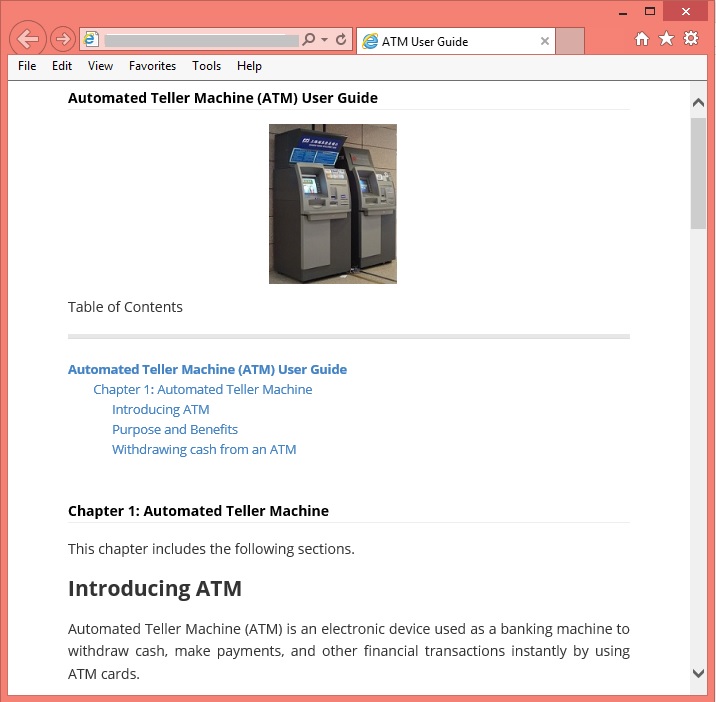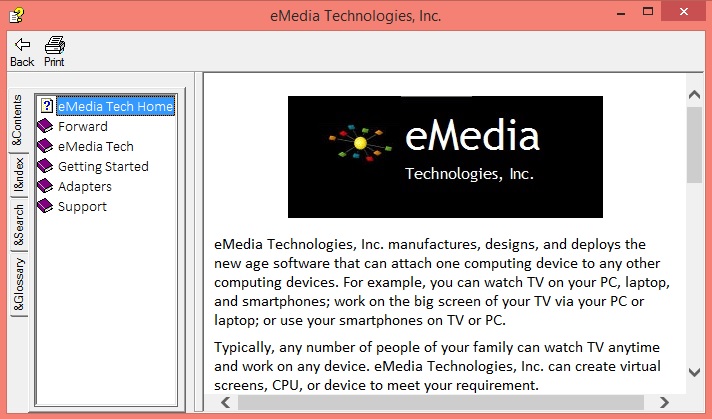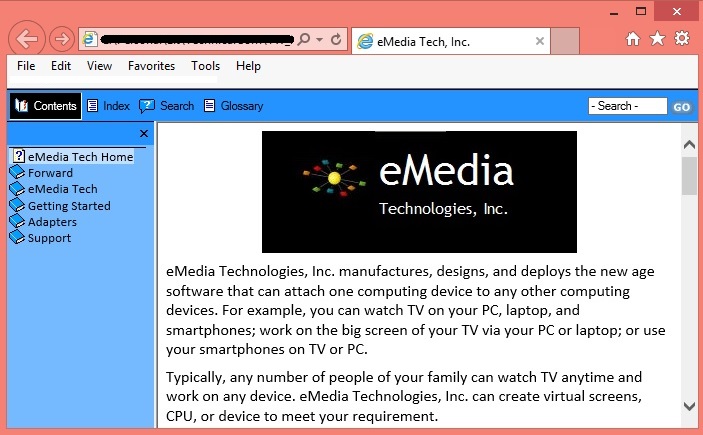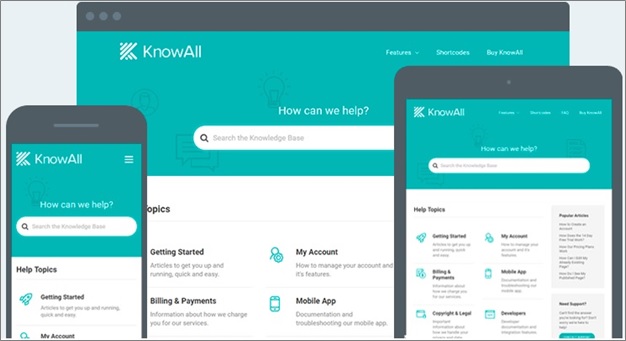Creating information on how to use products and services has a long history to reckon with. If I don’t go back too long into the past, writing manuals for operating machines in the medical and military fields has been in prominent use for quite a long time across the world.
In 1949, Eckert–Mauchly Computer Corporation (Philadelphia, USA) sold BINAC, considered to be the first formal electronic commercial computer system. Along with this, was provided the Operating and Maintenance Manual for the BINAC Binary Automatic Computer Built for Northrop Aircraft Corporation written by Joseph D. Chapline. This manual is regarded the first proper technical manual on how to operate any computer system. Interestingly, with this, the manual along with every computer product has become a de facto in the information technology field. With the advent of personal computers, technical documentation has seen its role ever widening.
By the 1960s, technical writing has evolved as a specialized skilled profession. The Society of Technical Writers (Boston) and the Association of Technical Writers and Editors (New York) were established in 1953 aimed to improve technical writing from various aspects. They focused to formulate uniform standards for writing technical information that can be understood by the audiences globally. These organizations later merged into the Society for Technical Communication (STC), which currently has members from across the world.
Moreover, the evolution of user experience (UX) in the 1990s made user behavior the main driving force in developing computing devices (hardware) and programming applications (software). This led to the thought process of making the manuals more purposeful and result oriented in the sense that users should access the manuals instantly, navigate to the required information easily, resolve their issues on their own, and understand the content at the first read. Hence, writing technical information involves lot more than just creating information.
The First Stage of Technical Writing
Until the 1990s, documents in PDFs and HTML pages were the chief formats in use. Technical documentation was written in a word processor and then converted to PDF. HTML pages were coded and then compiled into Help.

Fig 1: PDF

Fig 2: HTML-based Help
The Second Stage of Technical Writing
Between 1990-2010, the online help tool (HAT) came into existence. Help was created in various formats including CHM for desktop-based computers and WebHelp for enterprise products. These Help tools were made context sensitive. Users could fetch a Help topic on a feature on the click of F1, rather than opening the complete Help each time they needed it.

Fig 3: CHM Help
Help had several other features in addition to the Table of Contents (TOC) such as the index option using which any Help topic can be searched in the alphabetical order, the search option using which users can search any information by typing the required keywords, and the print option that can help take the print of the Help topic if required among others.

Fig 4: Web Help
PDF as a medium of documentation also evolved manifolds. Structured documentation has been an effort to make PDFs more usable. This made it possible to write large digital documents, with images, graphics, and videos.
Consequently, several authoring tools such as FrameMaker, Adobe RoboHelp, Madcap Flare, Author-it, and so on became popular.
How-to videos and tutorials also accompanied the documentation set. These media not only supported the customers but also widened the scope of the technical writing profession.
During this stage, the product documentation became a tool to sustain customers as they could resolve issues on their own that turned them into happier customers.
The Present Stage of Technical Writing
Digital technologies have evolved a lot. Handheld devices are the primary source where users search information either on search engines, YouTube channel, or social media.
Hence the user guide or Help should aim the following goals.
- Instant access: Users can access Help at the ease of tapping on the keyboard of the handheld devices.
- Light on smartphones: Help should be fast to load on smartphones. The UX of Help must be easy and cool.
- Gather customer feedback: Organizations must know if the information they create is really helpful to resolve the issues of the customers. For this, they must gather feedback from the customers directly in order to improve the information.
- Trace Help portal visits: Trace the Help page visit and usability to analyze why the customers land at certain pages and hence modify the information to suite the requirement.
- Satisfy global audience: Provide information in the customers’ language to boost sales to new scale. This can be achieved through using some instant translating means.
- Presence on social media: Help must have the sharing options for social media to enhance presence and the brand image of the products.
To achieve these goals, the Content Management System (CMS)-based Help is evolving as a new product documentation system. CMS-based Help is highly responsive Help and is compatible with all types of devices including PCs, tablets, and smartphones.

Fig 5: CMS-based Help
Hence technical writing has sustained and evolved through times as it has been faster enough to adapt itself to the advancement in technologies and has become a major source of support system for the customers.
